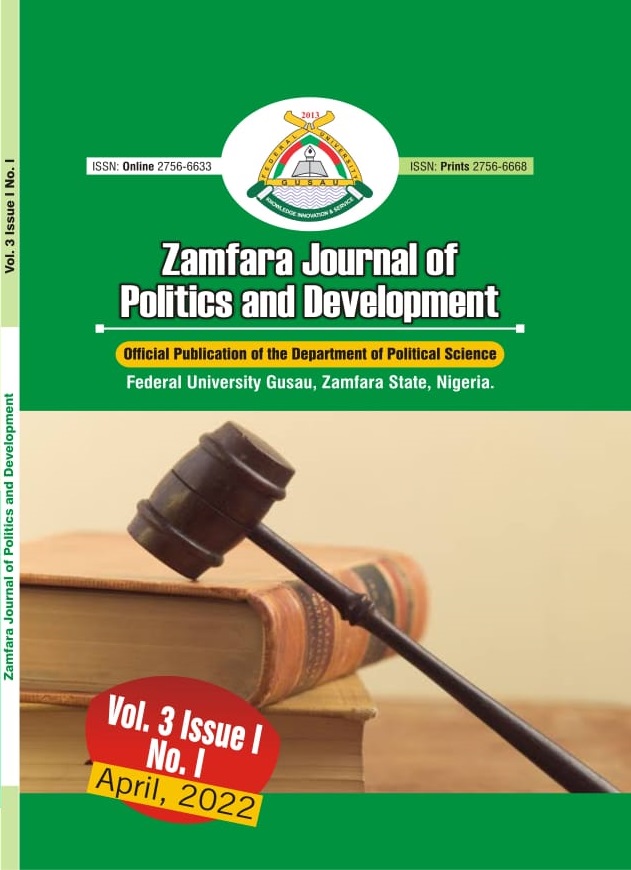IMPACT OF KIDNAPPING OF STUDENTS AND STAFF ON ACADEMIC ACTIVITIES IN NIGERIA’S INSTITUTIONS OF LEARNING
Keywords:
kidnapping, Institution of Learning, Academic Activities, Students, StaffAbstract
This paper examines the impact of kidnapping of students and staff on academic activities in Nigeria’s institutions of learning. With the recent upsurge in the abduction of school students in the country such as Dapchi of Yobe State, Kankara of Katsina State, Mando of Kaduna state and host of many other places, it is glaring that the nation’s educational system is under siege. This further underscores the security dilemma the country is exposed to. The importance of education to national socio-economic development and political stability in a democratic society is very critical. From the available data from secondary sources and observation of events in line with kidnapping of students in different parts of the country, it is clear that kidnapping is a great injustice to humanity and all institutions. The study discovered that institutions of learning in the country have been affected in areas such as unwarranted closure of schools, diversion of resources meant for educational development to promote security of lives and properties, distortion of academic activities, relocation of students and staff to other schools and states, withdrawal of students by their parents from public to private schools and the psychological trauma on students, staff, and their families. Based on the Anomie theory adopted for the study, dysfunctional economic and political systems are the major causes of kidnapping. To restore stability and public trust on the nation’s institutions of learning, security of citizens must be taken with all sense of political will and tactical commitment. Penalty, government empowerment programmes aim at discouraging kidnapping and creation of special education marshal to be saddled with protection of all institutions of learning in the country were also recommended.
Downloads
Published
Issue
Section
License

This work is licensed under a Creative Commons Attribution-ShareAlike 4.0 International License.
Authors retain the copyright of their manuscripts, and all Open Access articles are distributed under the terms of the Creative Commons Attribution License, which permits unrestricted use, distribution, and reproduction in any medium, provided that the original work is properly cited.




